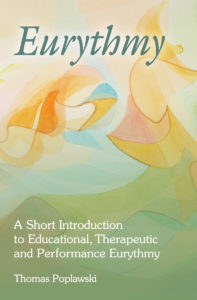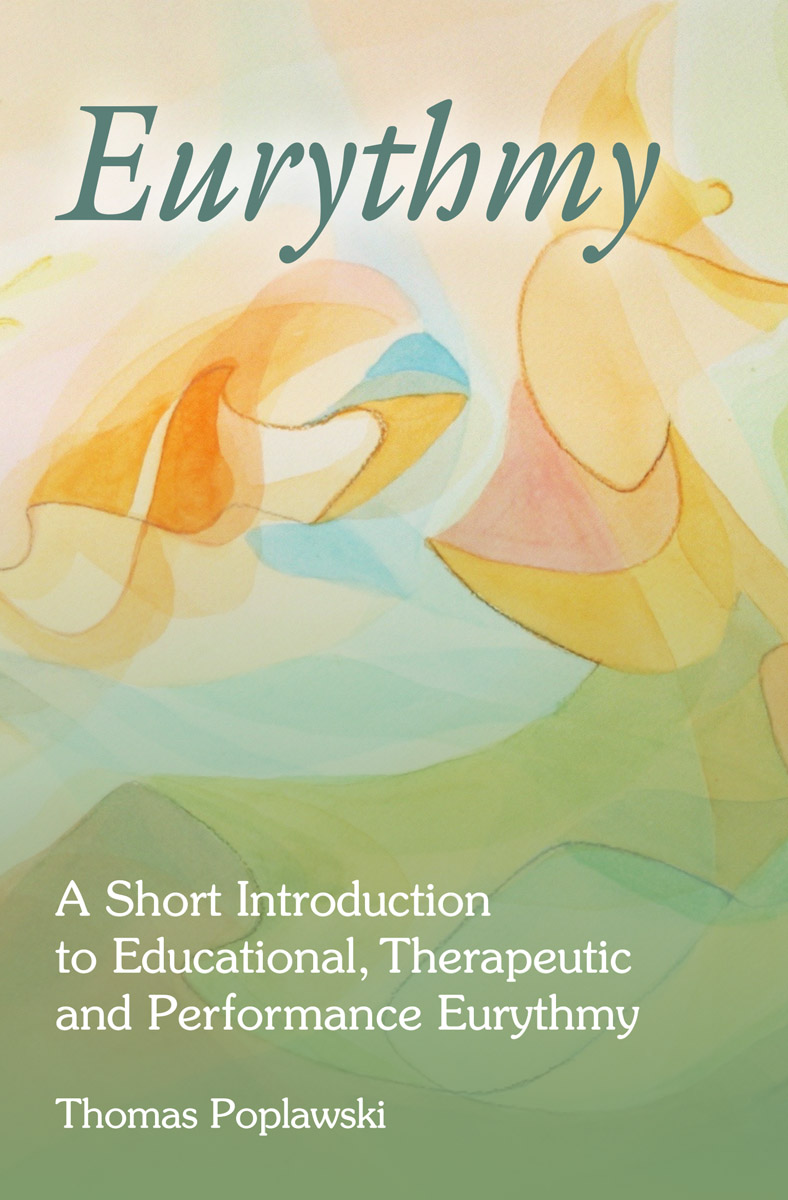What is Eurythmy?
by Floris Books • 27 February 2020 • Anthroposophy, Steiner-Waldorf Education • 0 Comments
Floris Books has published several books on eurythmy, but if you’re not as familiar with the term as we are you might be wondering: ‘What is eurythmy?’
Eurythmy is a form of art movement initiated by Austrian philosopher and social reformer Rudolf Steiner (1861 – 1925). It’s almost like a dance, and the aim is to make speech and music visible. Bodily movements and specific movements correspond to particular notes or sounds.
There are three main strands of eurythmy – educational eurythmy, therapeutic eurythmy and performance eurythmy.
Eurythmy in Education
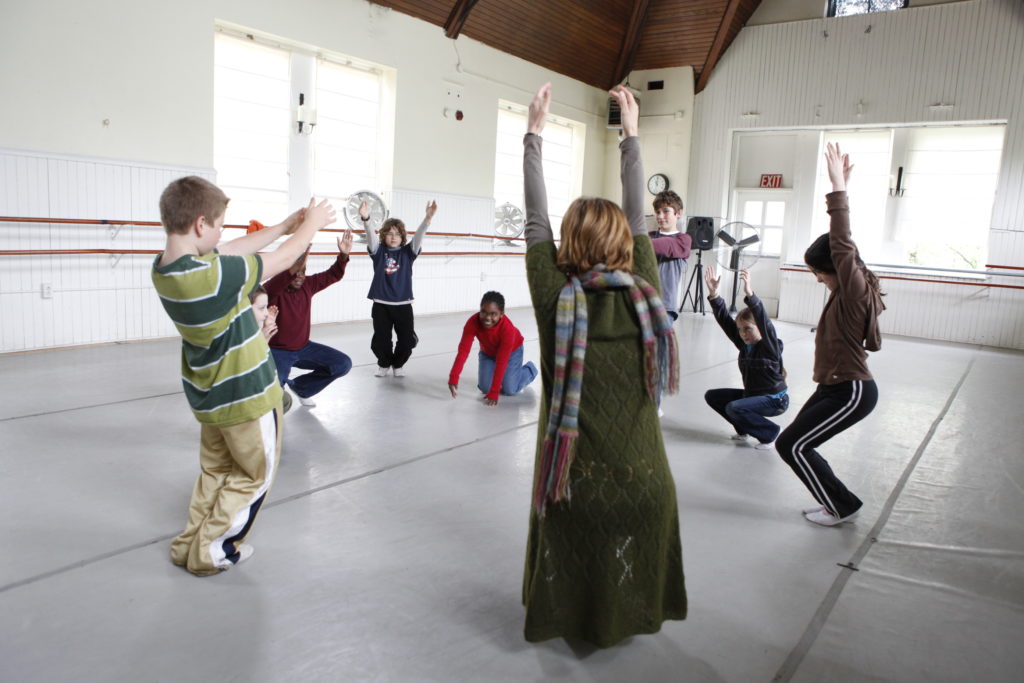

In many Waldorf schools eurythmy is a compulsory subject intended to stimulate children physically and emotionally, helping towards their overall growth and well-being. As Thomas Poplawski explains in Eurythmy: A Short Introduction to Educational, Therapeutic and Performance Eurythmy, “Eurythmy seeks to be a soul gymnastics in contrast to the physiological gymnastics of physical education.”

As well as improving coordination and sense of rhythm, the emphasis on group movement can help to stimulate a child’s social and emotional development.
“Doing eurythmy allows children to experience with their entire body the building blocks of language and music… Playing a musical instrument has a similar effect but in eurythmy the child’s body is the instrument, and thus the experience is much more powerful.” – Thomas Poplawski
Eurythmy Therapy
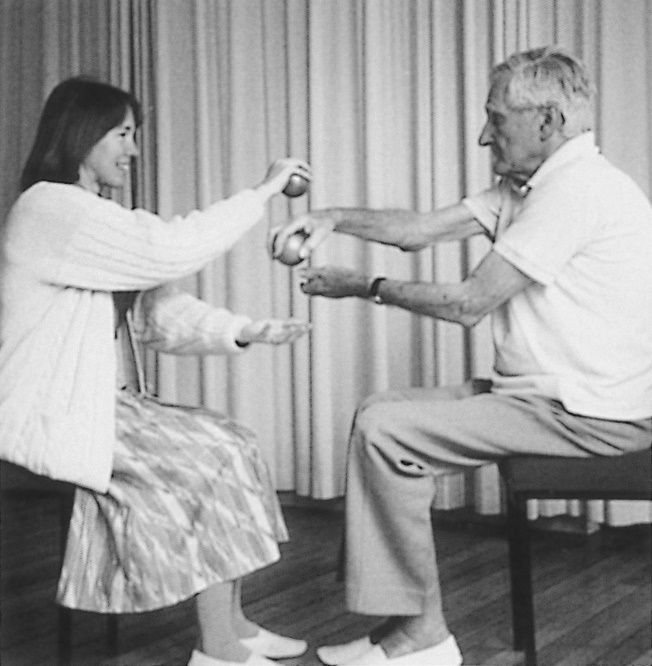
Therapeutic eurythmy developed later and more slowly, coinciding with the renewal of interest in ‘body therapies’ such as massage and yoga.
In 1921, Steiner worked closely with a group of physicians and eurythmists to develop the potential of eurythmy to address the root cause of illnesses. This partnership continued until Steiner’s death in 1925, but the work of developing eurythmy therapy continued.

Eurythmy therapy works on the principle that healing involves the restoration of imbalances within the individual. Eurythmy exercises work by stimulating the body’s ability to heal itself.
As Poplawski comments “For many, modern life brings an overload of stress and insufficient opportunity for non-mechanical enlivened movement. To move freely and spiritedly in the expression of Nature’s forces within one can restore an element of balance missing in the lives of many.”
Performance Eurythmy
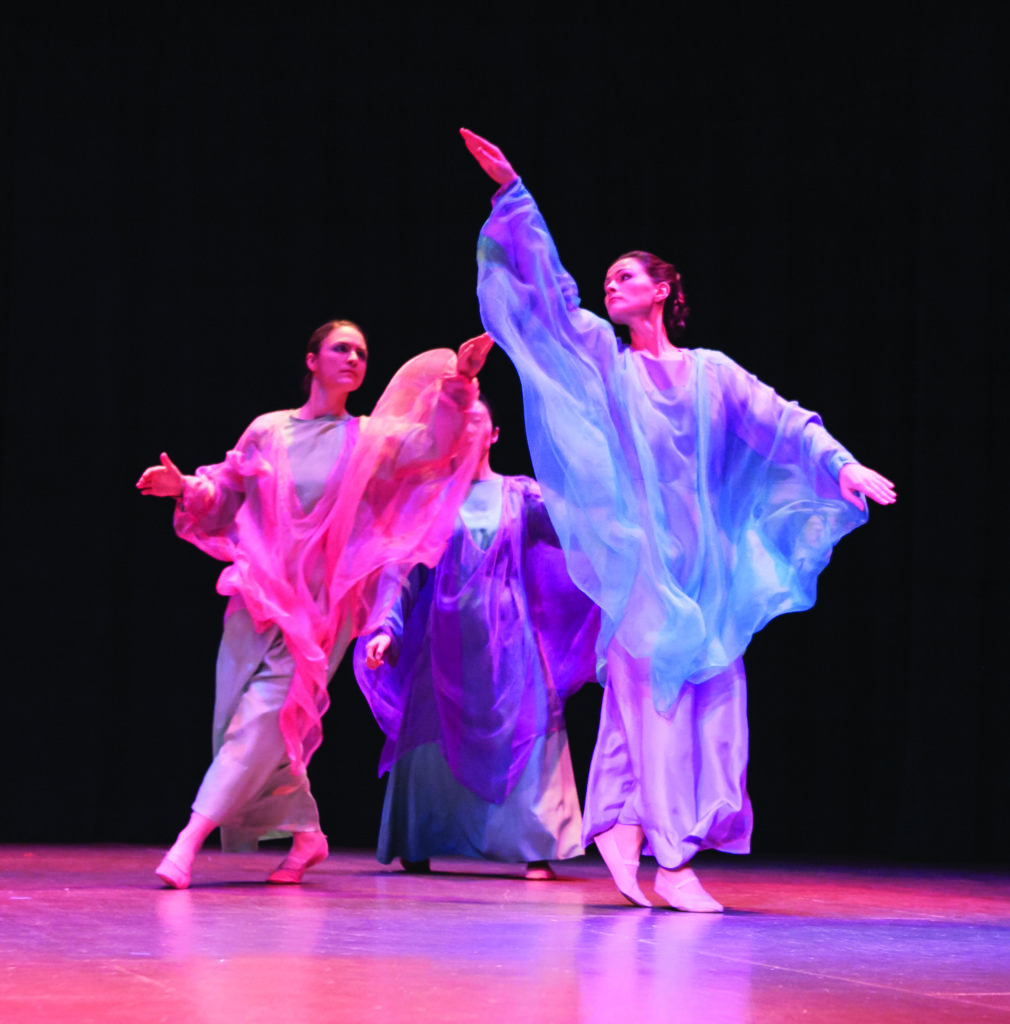
Eurythmy on stage is very different to many of the modern dance techniques to which it is often compared. Traditionally, eurythmists wear long, loose, silk gowns. The emphasis is on flowing movement – performers are rarely stationary. Props are seldom used, with lighting and costume used to direct attention away from the physical form of the performers, instead directing attention to the flow of the group’s sculpting of space.
As Poplawski comments, “Through movement somehow freed of gravity and yet still in relationship to the earth, bathed in ever-changing hues and moods, this new stage art aspires to explore that aspect of experience which is truly human.”
Learn more about eurythmy with the help of Thomas Poplawski’s book Eurythmy: A Short Introduction to Educational, Therapeutic and Performance Eurythmy which offers a concise but informative guide.
To find more in-depth discussions on the topic, browse our website for a list of books dealing with various aspects of eurythmy from the foundations of curative eurythmy to the use of zodiac gestures in eurythmy.
You can also discover more about eurythmy, including details of classes across the UK and forthcoming international conferences, by visiting the Eurythmy Association of Great Britain and Ireland website.
